*Keyboardkraze now has a nearly 24/7 chat service directly with me should you have any questions regarding keyboard/plugin choices! This is connected directly to me and it is not AI.
Table of Contents
If you’re in the market for a digital piano that offers an authentic playing experience, the Kawai ES920 might be the one for you. With its realistic touch and tone, this instrument is a game-changer for pianists and music enthusiasts looking for a great option under $2,000.
In this review, we’ll take a closer look at the key features of the ES920, compare it to other digital pianos in its price range, and give you our honest opinion on whether it’s worth the investment.
I was fortunate enough to spend a couple of hours at NAMM 2023 with this instrument, and all of these thoughts are my own from that day.
The Kawai ES920 features some of the most realistic piano sounds on the market. If you're looking for impressive sounds, solid key-action and portability, look no further than the ES920.
Features
– 256-note polyphony and Bluetooth Audio/MIDI
– MIDI I/O, Dual, and Split Modes, 34 Sounds, and onboard stereo speaker system
– 38 instrument sounds, including acoustic and electric pianos, organs, strings, bass, and more
– Harmonic Imaging XL technology accurately re-creates the immense dynamic range of the grand piano
– Built-in Bluetooth connectivity for MIDI and audio streaming
– USB audio recorder for recording performances and tracking progress
– Lightweight, weighing just 37.5 pounds
– Supports PianoRemote control app for iOS/Android
– Adjustable parameters, including Damper Resonance, Voicing, Fall-back Noise, Damper Noise, Temperament, String Resonance, Topboard Simulation, and more
– Stylish and streamlined chassis design
– Manufacturer Part Number: ES920-W (white)
Starting with the build quality, the ES920 is a sturdy and well-crafted instrument built to last. Its sleek design and matte finish give it a professional look, while its lightweight construction makes it easy to transport. The keyboard bed is also well-designed, with a responsive Hammer III action that accurately replicates the feel of an acoustic piano.
But what sets the ES920 apart is its Harmonic Imaging XL sound engine, which produces a rich and authentic tone unmatched by other digital pianos in its price range. Whether you’re a seasoned pianist or a beginner, the ES920 is worth considering.
Key Takeaways
– Kawai ES920 is a flagship digital piano known for making world-class concert grands.
– It has an RHIII key action with Let-Off, touch sensitivity, and graded keyboard with heavier keys in lower registers.
– The HI-XL sound engine with 256-note max polyphony produces excellent piano sounds, while other included instruments aren’t as impressive.
– ES920 is best for a piano-focused experience and is an excellent choice for most people, but more advanced or classically trained pianists might need soft and sostenuto pedals.
Overview
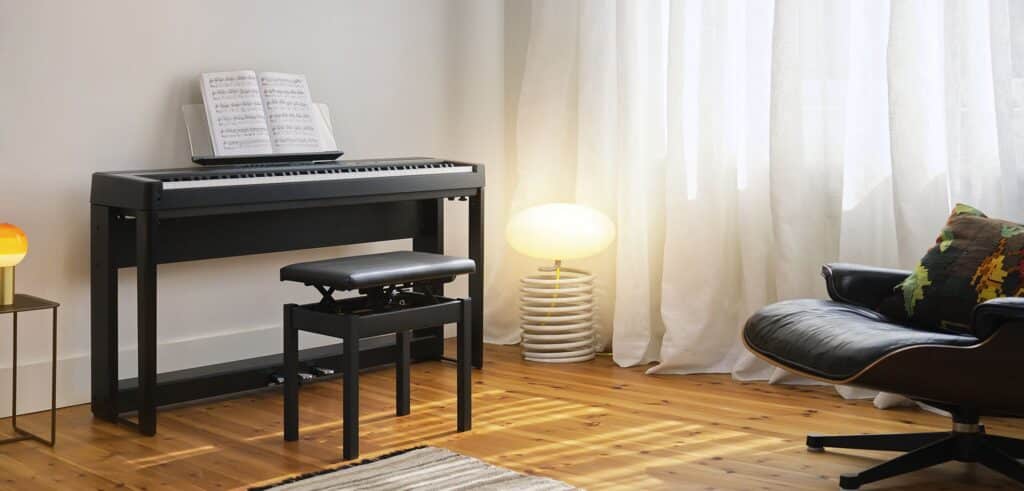
The Kawai ES920 is a top-of-the-line digital piano that boasts impressive features and capabilities. It’s known for its world-class concert grands, which are reflected in the 38 instrument sounds, including SK-EX and EX concert grands, offered by the Harmonic Imaging XL sound engine.
The RHIII key action with Let-Off provides an authentic touch and feel, while the 128 x 64-pixel OLED display makes navigating the piano’s various settings and functions easy. With 256-note max polyphony, the ES920 can produce rich, full-bodied sounds that are sure to impress.
When it comes to build quality, the ES920 does not disappoint. It features a textured Ivory Touch finish that feels great to play on, while the counterweights embedded at the ends of the keys help balance weights to lighten touch, making it easier to play for extended periods. The triple-sensor hammer mechanism adds extra components, while the Let-Off feature simulates the sensation of a notch when playing gently.
All of these elements come together to create a playing experience that is both comfortable and authentic, making the ES920 a great choice for both beginners and advanced players alike.
In addition to its impressive sound and build quality, the ES920 also offers a range of features and capabilities that make it suitable for various settings. It includes dual, split, and four hands modes and a comprehensive rhythm and accompaniment section with 100 rhythms.
It also can record and playback performances and supports Bluetooth connectivity for audio and MIDI. With multiple connectivity options, including 1/4 outputs, headphone jacks, MIDI ports, and USB ports, the ES920 is a versatile instrument that can be used for both home and stage use.
Build Quality
You’ll be impressed by how sturdy and well-built this digital piano feels, making you feel confident in its ability to withstand frequent use and last for years. The ES920 is designed with high-quality materials that give it a premium look and feel, including a metal frame and wooden keybed. The textured keys with Ivory Touch have a comfortable grip and are resistant to wear and tear.
The cabinet is sleek and compact, making it easy to move around and store. The black and white finishes are elegant and modern, fitting seamlessly into any space. The ES920 is also designed to be user-friendly, with an intuitive control panel and a clear OLED display that provides easy access to all the features and settings.
Now, let’s dive deeper into the keyboard action of the ES920.
Keyboard Bed
Get ready to experience the smooth and responsive feel of the RHIII key action with Let-Off on the keyboard bed of the Kawai ES920. Here are three important points to note about this feature:
1. The RHIII key action is highly ranked in the list of plastic-only keybeds, making it one of the best plastic key actions money can buy. It adds extra components to the triple sensor hammer mechanism and has counterweights embedded at ends of keys to balance weights and lighten touch.
2. The graded keyboard with heavier keys in lower registers and textured Ivory Touch provide an authentic playing experience that is gentle on the fingers, wrists, and hands. The Let-Off feature simulates the sensation of a notch when playing gently, adding a touch of realism to your performance.
3. The touch sensitivity options include Heavy 1-4, Normal, Light 1-4, Off, User 1/User 2, allowing for customization to suit your playing style.
Overall, the keyboard bed of the ES920 is one of its strongest assets and makes playing the piano a joyous experience.
Moving on to the sounds and presets, the ES920’s piano sounds are its strongest asset, but let’s take a closer look at the other included instruments and their quality.
Sounds/Presets
When exploring the sounds and presets of the ES920, you’ll find that the piano sounds are exceptional, but what about the other instruments? The virtual technician section allows for customization of nearly every aspect of the virtual piano, but the other included tools could be more impressive than the piano sounds.
The six available E. Piano presets are generally good, and the Jazz Organ is notable among the organ sounds.
Moving onto effects, the ES920 offers Reverb, Delay, and Chorus effects. These effects can enhance the instrument’s sound and help create a more immersive playing experience. The Reverb effect is particularly impressive, adding space and dimension to the sound. The Delay effect can also be used creatively to add depth and complexity to the sound.
Overall, while the piano sounds are the standout feature of the ES920, the other included instruments and effects are still quite good. However, if you’re looking for a digital piano that excels in non-piano sounds, you may want to consider other options. The ES920 is a great choice for most people, but more advanced or classically trained pianists might need soft and sostenuto pedals, which the ES920 lacks.
Effects
Enhancing the sound of the ES920, the Reverb, Delay, and Chorus effects can be creatively used to add depth and dimension to the playing experience.
The Reverb effect simulates the sound of playing in a larger space, while the Delay effect adds a repeating echo effect. The Chorus effect creates a richer and fuller sound by duplicating the sound and adding a slight delay and modulation to the duplicate.
These effects can be adjusted in intensity and can be applied to any of the 38 instrument sounds on the ES920. Additionally, the Virtual Technician section allows for further customization of the effects and other aspects of the sound, such as damper resonance and string resonance.
Moving on to connectivity, the ES920 offers a variety of options, including Bluetooth, USB, and MIDI. These allow for easy integration with other devices, such as computers or tablets, and can also be used to connect to external speakers or recording equipment.
Connectivity
You’ll appreciate the versatility of the ES920 with its multiple connectivity options. Bluetooth connectivity allows you to connect your smartphone, tablet, or computer for audio playback or MIDI control.
With USB connectivity, you can connect the ES920 to your computer for MIDI control or use the USB to Device port to save and load your recorded performances.
In addition to Bluetooth and USB connectivity, the ES920 also features standard MIDI In and Out jacks for MIDI control and connection to external MIDI devices. This allows you to use the ES920 as a MIDI controller for software instruments or connect to other MIDI devices for expanded sound options.
The Line In and Line Out jacks also offer additional connectivity options for external audio devices. The ES920’s connectivity options make it a versatile instrument for home and stage use.
Its Bluetooth and USB connectivity allow easy integration with modern technology, while its MIDI and audio jacks offer traditional connectivity options. With so many options, the ES920 is an excellent choice for any musician looking for a high-quality digital piano.
Moving on to the next section about polyphony, you’ll see how the ES920’s sound engine offers even more impressive features.
Polyphony
The ES920 has an impressive 256-note max polyphony, ensuring that even complex pieces can be played without dropped notes or sound cut-offs. Advanced pianists who require a high level of polyphony to play their favorite pieces will appreciate this crucial feature.
In addition, the ES920’s Harmonic Imaging XL sound engine ensures that each note is reproduced with great detail and accuracy, resulting in a realistic and authentic sound. This, combined with the high polyphony count, creates a rich and detailed sound that is difficult to match in this price range.
Overall, the ES920’s high polyphony count is a testament to its advanced technology and superior sound quality. It is a vital feature for pianists who require a high level of polyphony to play complex pieces.
Moving on to its features, the ES920 offers a wide range of options, making it a versatile instrument for home and stage use.
Features
If you’re looking for a digital piano with a range of features to enhance your playing experience, the ES920 is a great option. It boasts Dual, Split, and Four Hands Modes, allowing you to experiment with different playing styles and techniques. Plus, the comprehensive rhythm and accompaniment section, with 100 rhythms to choose from, adds an extra layer of musicality to your performance.
In addition to its various modes and rhythms, the ES920 has an impressive range of connectivity options, including Bluetooth, USB, and MIDI ports. This means you can connect the piano to other devices and software, further expanding your musical possibilities. And with its 2-track, 10-song audio recording capabilities, you can easily capture and share your musical creations.
Overall, the ES920 is a versatile digital piano that offers features to suit both beginner and advanced pianists. However, if you still need to decide which digital piano to choose, it’s worth comparing the ES920 to the Yamaha P515, another popular option in this price range.
So, let’s take a closer look at how the ES920 stacks up against the Yamaha P515.
VS Yamaha P515
When comparing the ES920 to the Yamaha P515, you’ll notice some key differences in their features and capabilities. Both digital pianos offer high-quality sound and touch sensitivity. Still, the ES920 has a more refined sound engine with 256-note max polyphony and 38 instrument sounds, including SK-EX and EX concert grands.
The Yamaha P515, on the other hand, has 256-note polyphony and 40 instrument sounds, including the popular CFX and Bosendorfer concert grands. In terms of keyboard action, both the ES920 and P515 offer graded hammer action with ivory and ebony textured keys.
However, the ES920’s RHIII key action with Let-Off and counterweights provides a more authentic feel, mainly when playing softly. The Yamaha P515’s NWX key action is also highly responsive, but some users find it slightly heavier than the ES920.
Ultimately, choosing the Kawai ES920 and Yamaha P515 will depend on your preferences and needs. While the ES920 excels in its refined sound engine and authentic key action, the P515 offers a broader range of instrument sounds and features. Consider what matters most to you in a digital piano and choose accordingly.
Moving onto the final thoughts section, it’s worth noting that both the Kawai ES920 and Yamaha P515 are excellent options for intermediate to advanced pianists. Each digital piano offers its own unique strengths and capabilities, and it’s up to you to decide which one best suits your needs. We hope this comparison has helped you decide and find the perfect digital piano for your musical journey.
Final Thoughts
Overall, after comparing the Kawai ES920 with its competitors and examining its features and capabilities, it’s clear that this digital piano is an exceptional choice for pianists looking for an authentic playing experience and a refined sound engine.
While it may not have as many non-piano sounds as some of its competitors, the ES920’s piano sounds are top-notch and genuinely replicate the sound of a grand piano. The RHIII key action is also a standout feature, with its Let-Off mechanism and counterweights providing a realistic touch and feel.
Regarding versatility, the ES920 offers many features and connectivity options, including Bluetooth, MIDI, and USB connections. The internal recorder and accompaniment section with 100 rhythms allows flexibility and creativity in practice and performance. The ES920’s powerful internal speakers make it a suitable option for gigs and performances without sacrificing sound quality.
Overall, the Kawai ES920 is a top-of-the-line digital piano that offers the most sophisticated and acoustic piano-like tone on the market. Its exceptional sound engine, responsive key action, and versatile features make it an excellent choice for pianists at any level.
While it may be priced higher than some competitors, the ES920’s quality and authenticity make it a worthwhile investment for those seeking a realistic, immersive playing experience.
Conclusion
Overall, the Kawai ES920 is an exceptional digital piano that delivers a concert-worthy experience. Its responsive Hammer III action and Harmonic Imaging XL sound engine provide an authentic tone and touch that rivals acoustic pianos.
The build quality is top-notch, with a sturdy keyboard bed and sleek design that will complement any home or studio.
The ES920 also boasts a wide range of features, including various sounds and presets, effects, and polyphony. While it may be pricier than other digital pianos on the market, the quality and performance make it well worth the investment.
Compared to the Yamaha P515, the ES920 edges with its superior touch and tone. Overall, if you’re a serious pianist or music enthusiast looking for a high-performance digital piano, the Kawai ES920 is worth considering.


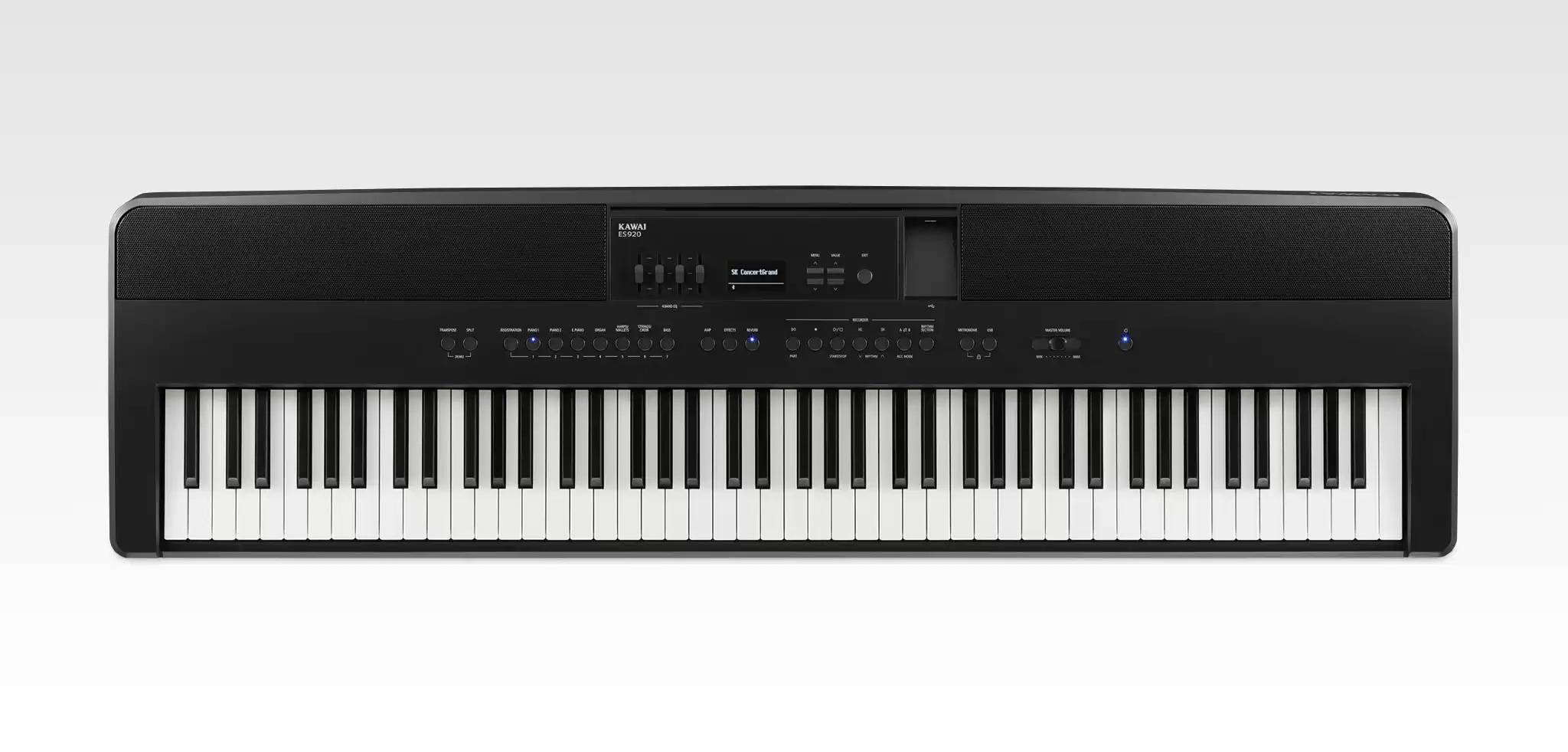

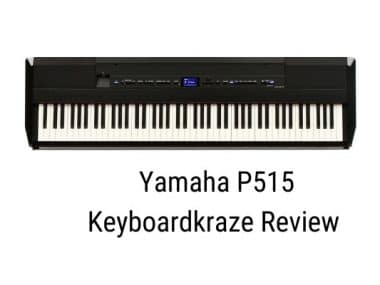
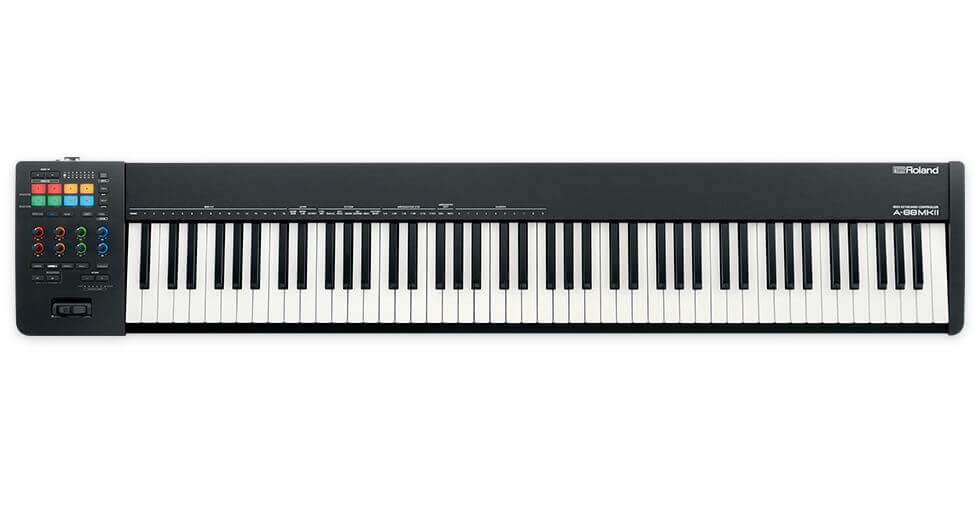
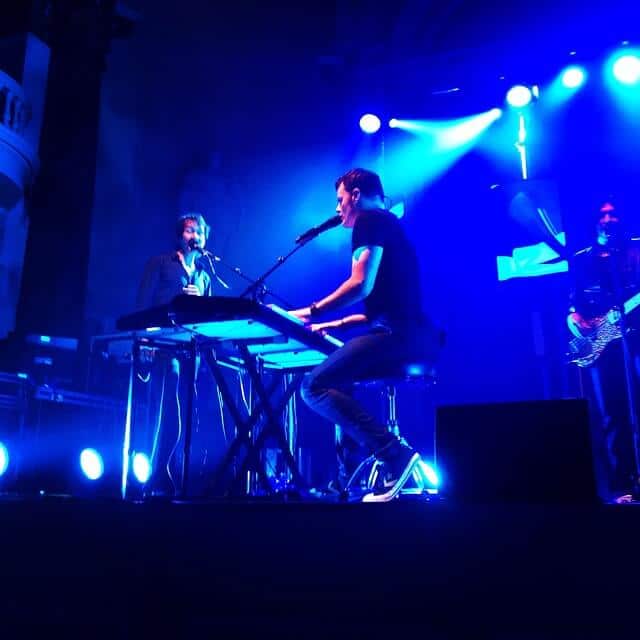

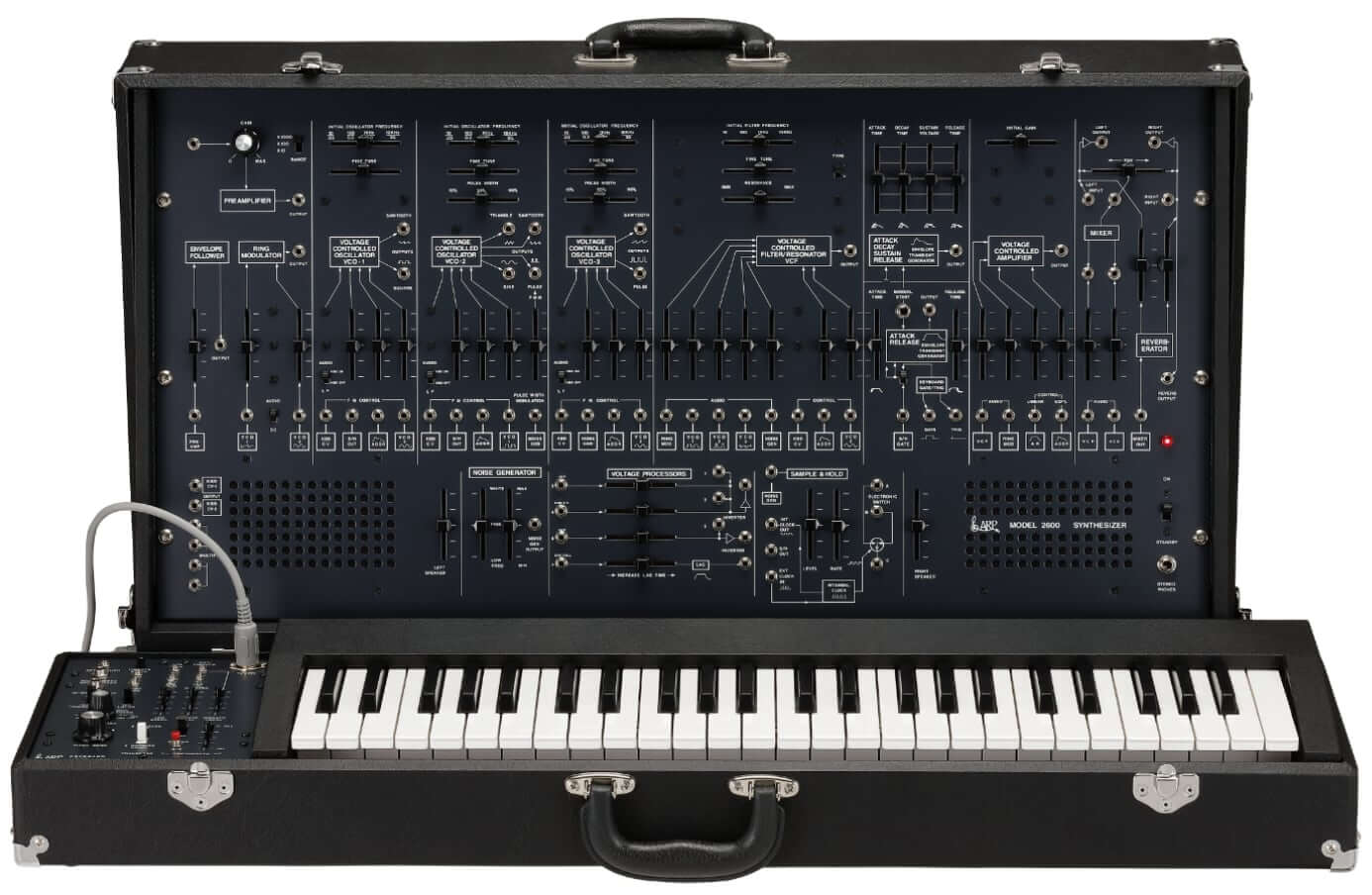
1 comment
Thanks.
Ive kwned a Yamaha p515 but finding it very hard to play. The action is too hard on my wrists. I just bought a white Kawaii920.
Its coming tomorrow.yay